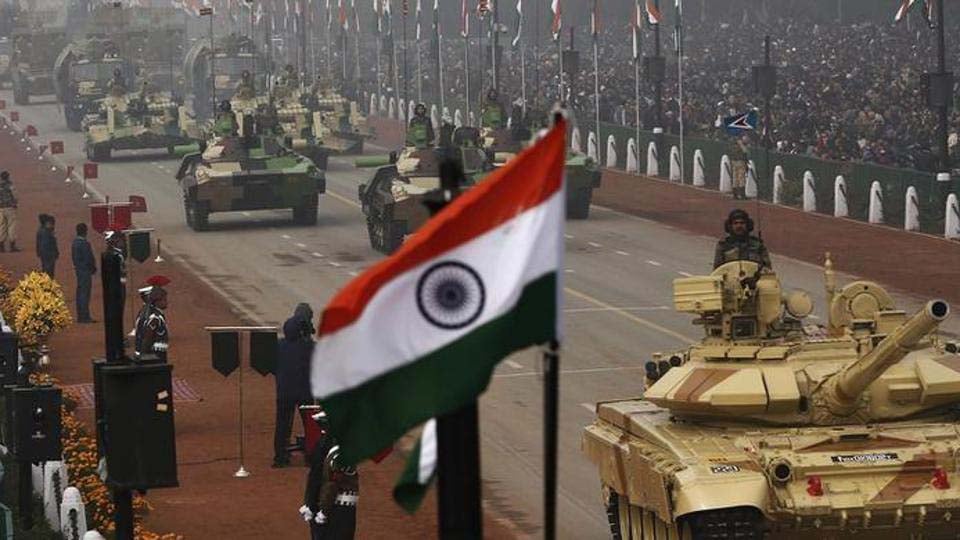India world's largest weapons importer: study
Study shows Saudi Arabia is the world's second largest importer of arms
March 12, 2018

Weapons imports to the Middle East and Asia have boomed over the past five years, fueled by war and tensions in those regions, a new study showed on Monday.
In the period between 2013 and 2017, arms imports to the conflict-ridden Middle East more than doubled, jumping by 103 per cent compared with the previous five-year period, the Stockholm International Peace Research Institute (SIPRI) calculated.
And the Middle East accounted for 32 percent of all arms imports worldwide.
SIPRI, an independent institute, monitors arms deliveries by volume over periods of five years in order to iron out short-term fluctuations.
Saudi Arabia - which is waging a war against Shia Houthi rebels backed by its regional rival Iran - is the world's second largest importer of arms after India, SIPRI said.
The United States accounts for 61 percent of arms imports to Saudi Arabia and Britain for 23 per cent.
On Friday, Britain signed a preliminary multi-billion-pound order from Saudi Arabia for 48 Eurofighter Typhoon fighter jets, military equipment maker BAE Systems announced.
The deal sparked heated debate and protests in the UK where the NGO, Save the Children, placed a life-size statue of a child near parliament "to draw attention to the violence that is being fuelled, in part, by British-made bombs."
"Widespread violent conflict in the Middle East and concerns about human rights have led to political debate in Western Europe and North America about restricting arms sales," said senior SIPRI researcher Pieter Wezeman.
"Yet the US and European states remain the main arms exporters to the region and supplied over 98 percent of weapons imported by Saudi Arabia."
Growing demand in India
Nevertheless, Asia and Oceania was the biggest region for arms imports, accounting for 42 percent of the global total between 2013 and 2017, the institute calculated.
And India was the world's largest weapons importer, with Russia its main supplier accounting for 62 per cent of its imports.
At the same time, arms deliveries to India from the US, the world's top weapons exporter, increased more than six-fold in the five-year period, SIPRI calculated.
"The tensions between India, on the one side, and Pakistan and China, on the other, are fuelling India's growing demand for major weapons, which it remains unable to produce itself," another SIPRI researcher Siemon Wezeman said.
"China, by contrast, is becoming increasingly capable of producing its own weapons and continues to strengthen its relations with Pakistan, Bangladesh and Myanmar through arms supplies," he added.
Beijing, whose weapons exports rose by 38 per cent in the five-year period, is the main arms supplier for Myanmar, accounting for 68 per cent of imports.
It also accounted for 71 per cent of weapons imports to Bangladesh and for 70 per cent of imports to India's nuclear-armed rival, Pakistan.
Myanmar's violence against the Rohingya Muslim minority has caused some 700,000 of the people to flee over the border to Bangladesh since August, taking with them horrifying testimony of murder, rape and arson by soldiers and vigilante mobs.
The atrocities have triggered international condemnations, including EU and US sanctions, against Myanmar.











